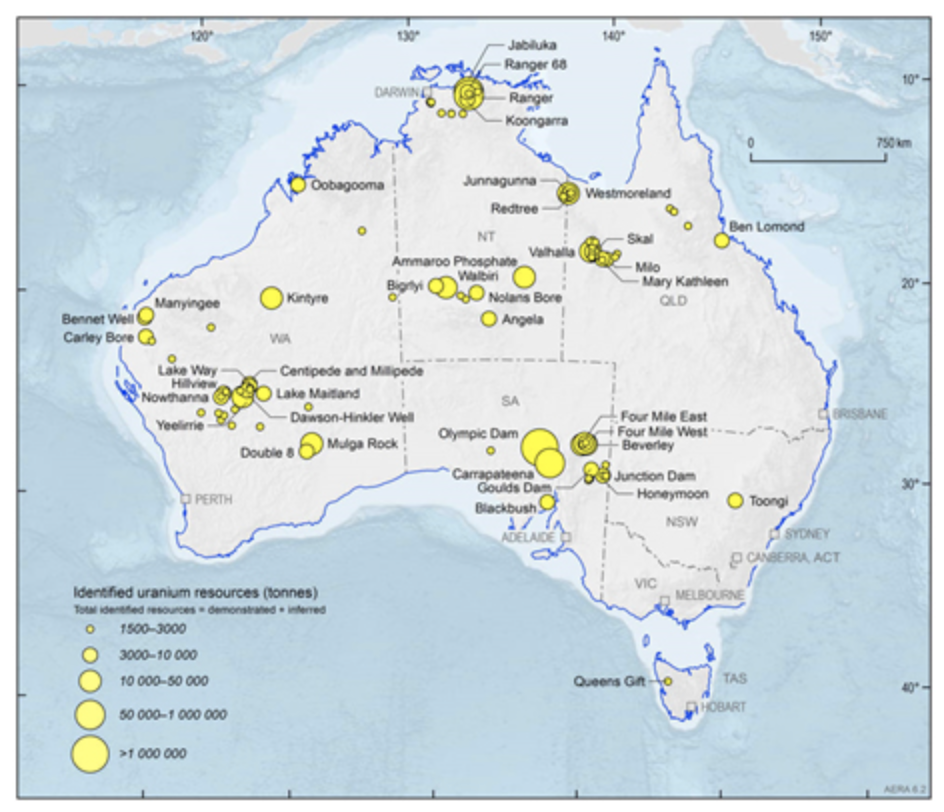Kingston High 10B3 Science

Our Questions
Carbon in the atmosphere is a natural part of the carbon cycle. The problem though, is that through human activities, we are putting too much carbon in the atmosphere. There are many natural ways that carbon is captured from the air. Plants on land and in the ocean, all photosynthesise which takes carbon from the atmosphere. These are what we could call the ultimate and natural carbon catchers.
Scientists are working hard to develop effective approaches to capture the carbon that is produced from industrial processes such as power plants, and other carbon emitting activities like deforestation and agriculture. The challenge though is knowing what to do with it once it is captured. Storage solutions are needed but generally these are very expensive, and we don’t really know all of the environmental risks associated with them. For example, some ideas are to trap the carbon dioxide deep into the ocean, or to store it underground in rocks or in minerals. Each has a number of known and unknown risks which need to be carefully addressed before anything is pursued on a large scale.
Resource: https://scied.ucar.edu/learning-zone/climate-solutions/can-we-pull-carbon-dioxide-out-atmosphere
There definitely could be. Marine plants, like land plants, need light for photosynthesis. But unlike on land, light can only penetrate into the surface of the ocean, about 100m deep. Now, marine plants, known as phytoplankton, live in the surface ocean where there is light. However, when the ocean gets cold is gets denser. That dense (heavier) water the sinks mixing phytoplankton down deeper into the ocean, sometimes so deep there isn’t any light.
In a warming climate the ocean won’t get as cold, and in turn might not mix as deep. This would give phytoplankton access to more light and could allow them to be more productive and therefore provide more food for marine animals as well.
However, there are many other factors at play. For example, phytoplankton also need nutrients which are mor common at depth, so less mixing could mean less nutrients. Their predators (zooplankton) also may be able to eat them faster in a warmer ocean. So, the net effect of climate change on marine plants is still unknown. As for the animals, more plant productivity could be a good thing, but even that would come with major shifts in the timing in location of when and where the plants grow, which could create a major ecological problem.
What an excellent and timely question: there has been a lot of discussion about nuclear power in the media recently. Also, Australia’s new plan to get to net zero emissions by 2050 does not rule out including nuclear power in this country’s future energy mix. So it’s an important time to be thinking and talking about nuclear.
Nuclear energy is used to generate electricity in 30 countries around the world, and provides about a tenth of the world’s energy needs. Nuclear power needs uranium, and the planet has uranium resources sufficient to fuel existing demand for more than 130 years. Nuclear power does not cause direct greenhouse gas emissions, which is good when we are thinking about climate change, however, the waste from nuclear power generation is problematic. It remains radioactive potentially for thousands of years and needs to be carefully stored under very controlled conditions in order not to pose a danger to humans and the environment.
Could Australia develop nuclear power? Currently the answer is no. That’s because Australian law currently prohibits the approval and construction of nuclear power plants and the enrichment of uranium needed for nuclear power. Could Australia develop nuclear power in the future as part of an effort to reduce greenhouse gas emissions? Australia does have a lot of uranium, in fact, it supplies about one third of the total world demand for uranium.

The problem with nuclear for Australia as part of the effort to reduce emissions this decade is quite simple: it’s too slow, and too expensive.
How is it too slow? The timeframe to build a nuclear power station is at least 10-12 years. If we started to build a nuclear power capacity in Australia right now (and remember, the law currently prohibits it) it would not be operational until the early-mid 2030s. Science tells us we need to cut emissions right now, this decade.
How is it too expensive? Despite our domestic reserves of uranium, nuclear is by far the most costly energy for Australia to generate, as you can see from the illustration below.

Comparison of power generation technology cost estimates. Source: CSIRO Gen Cost 2019-2020
If we were to build nuclear power capacity in Australia, starting today, the cost of renewables like wind and solar would be much less even than it is today by the time we were able to generate any nuclear power.
So we might pursue building nuclear power in Australia if we had no other alternatives, but we are lucky to have some of the most plentiful solar, wind and particularly offshore wind resources in the world. So renewables like wind and solar, backed up by hydroelectricity, batteries, and new fuels like green hydrogen, will be a faster and cheaper way to decarbonise than turning to nuclear power.













